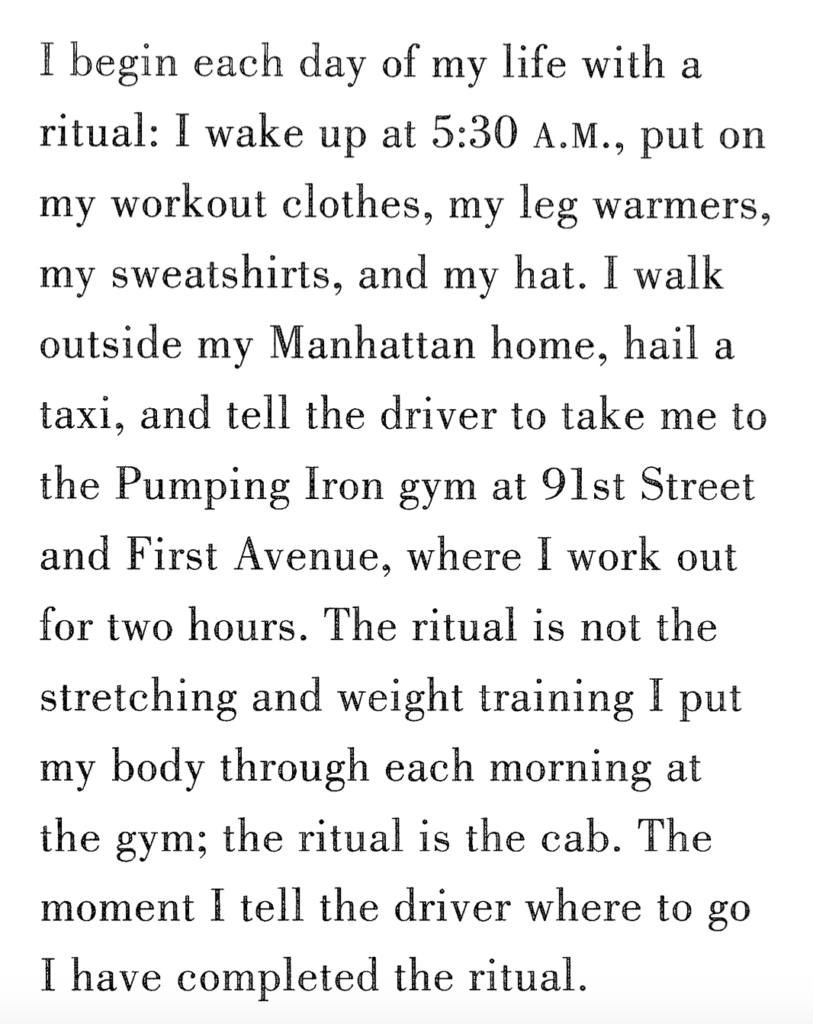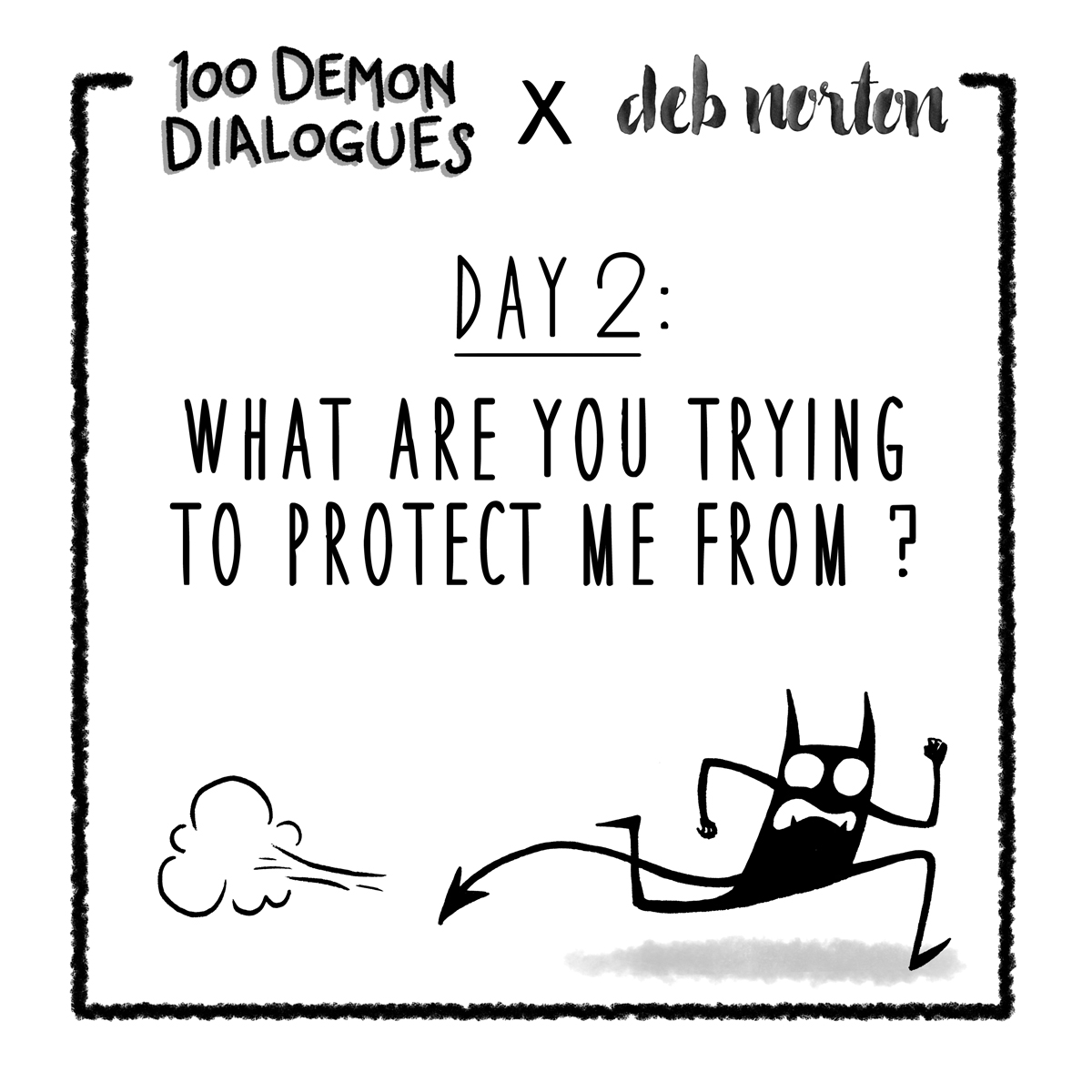Four Five! places to poke around when the sight of another bland-looking personal website or social network makes me want to launch my brain into low orbit:
- Multiverse: A CONSTELLATION OF INTERNET CORNERS HELLO HELLO HELLO
- Secret Room Press built a Google Doc guest book for their website and it’s v cute
- Meatspace, the friendly little chat website that pairs outgoing messages with 2-second GIF recordings of participants faces, still exists
- thoughts, a quiet microblogging space
- The joyous surge of personal website action happening on Neocities
I don’t even know that this 90s revival aesthetic is my aesthetic (at least on this go around), but I still love seeing it come back because of what it stands for. It’s reminding me of how much I thought about anonymity as a feature of my early web experiences while reading Better Than IRL. Post-Facebook, it felt as if anonymity became synonymous with cruelty, trolling, and lack of accountability. The real move was to be Extremely Online under one’s own name—especially if one hoped to make a career out of making creative work on the web.
But that stifling trajectory has also led to a culture of fear. Fear of imperfection, fear of unprofessionalism, fear of everything and everyone. I’d forgotten all about the freedom and exuberance of being anonymous. The weirdness. Now it feels like a liberation.
And maybe that’s the root of the fear: if you’re someone who believes people are inherently shitty, then a liberation looks like a return to one’s worst impulses. If you believe in altruism and basic goodness, maybe it’s something better. A weirder web, yes, but also a kinder one.


